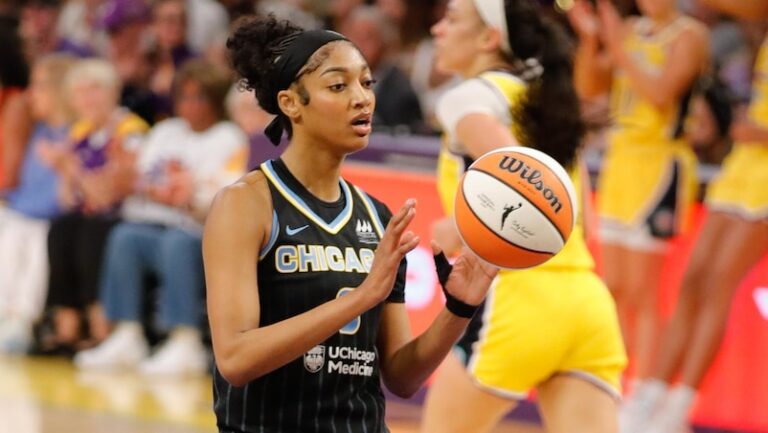Just a year ago, Caitlin Clark found herself closely monitored by then-head coach Christie Sides as she transitioned from college basketball to the WNBA. Known for her flair and explosive offensive game at Iowa, Clark had to rapidly adapt to the faster pace and physicality of professional play. That adjustment proved rocky out of the gate. In her WNBA debut, Clark’s game was marked by hesitation, giving opposing defenses time to disrupt her rhythm. She turned the ball over ten times in her first match against the Connecticut Sun — a harsh welcome to the league. Though she and her teammates began to find their footing as the season progressed, the Sun remained a consistent hurdle. It was a wake-up call that college stardom didn’t guarantee instant professional dominance.
While the Indiana Fever did show signs of progress last season, qualifying for the playoffs for the first time since 2016, they weren’t quite ready to challenge the top-tier teams like the Las Vegas Aces or New York Liberty. Enter Stephanie White, the new head coach tasked with elevating the Fever’s offensive execution. Expectations were high that White’s leadership and system would help the team resolve its lingering issues with tempo and ball movement. However, recent analysis from a national basketball commentator suggests those concerns might still linger. The analyst noted a lack of urgency and energy in both Clark and the overall team during preseason matchups, raising doubts about whether Indiana is ready to run at full throttle.
Even though the recent comments come during the preseason, they have amplified worries among fans and analysts. Clark herself admitted that her timing needs to improve, saying, “Every movement just needs to happen a little bit faster.” Added to that are reports of her dealing with a lingering quad issue, which could be slowing her down further. Coach White seems to be taking a cautious approach, likely in an effort to build chemistry among returning players and new additions to the roster. While high-speed offense is a popular strategy on paper, launching into a fast-paced game plan too soon can risk injury and disrupt team cohesion. White’s decision to ease the team into the season might be more about long-term success than short-term wins.
Despite these early-season jitters, there is potential bubbling under the surface. Last year, Clark and Kelsey Mitchell developed strong on-court chemistry, combining for an impressive scoring run and forming a formidable backcourt duo. Their ability to complement each other—Mitchell’s mid-range precision and Clark’s transition passing—provided a glimpse of what this team could become. Now, with new additions like Sophie Cunningham showing promise in preseason games, the Fever may be on the verge of rounding out a more dynamic and balanced squad. Analyst De Mita, while critical of their pace, still expressed hope that the team can unlock its potential, especially given Indiana’s strong ranking in offensive tempo last season.
As the season opener approaches, all eyes are on the Fever’s May 18 matchup against the Chicago Sky. Beyond the tactical elements, the storyline is fueled by the heated rivalry between Caitlin Clark and Angel Reese. Their fiery NCAA championship clash brought new energy to women’s basketball, and the tension has carried into the professional stage. Reese, previously vocal about sharing the spotlight with Clark, recently shut down a reporter’s question regarding their relationship, signaling that she may be done addressing off-court drama. Instead, the focus is shifting to performance. Reese is stepping into a bigger role with the Sky and improving her outside game, while Clark aims to silence critics and elevate Indiana. Whether the rivalry simmers or reignites on the court, one thing’s clear — the battle between the Fever and Sky is one of the season’s most anticipated showdowns.



